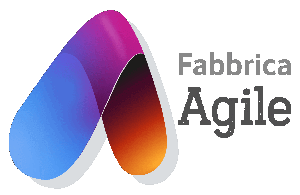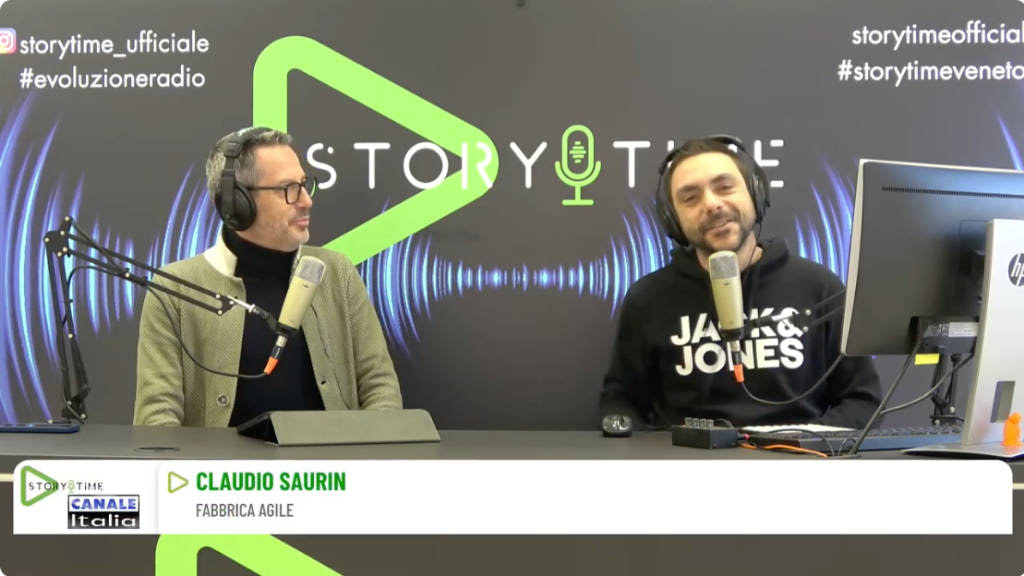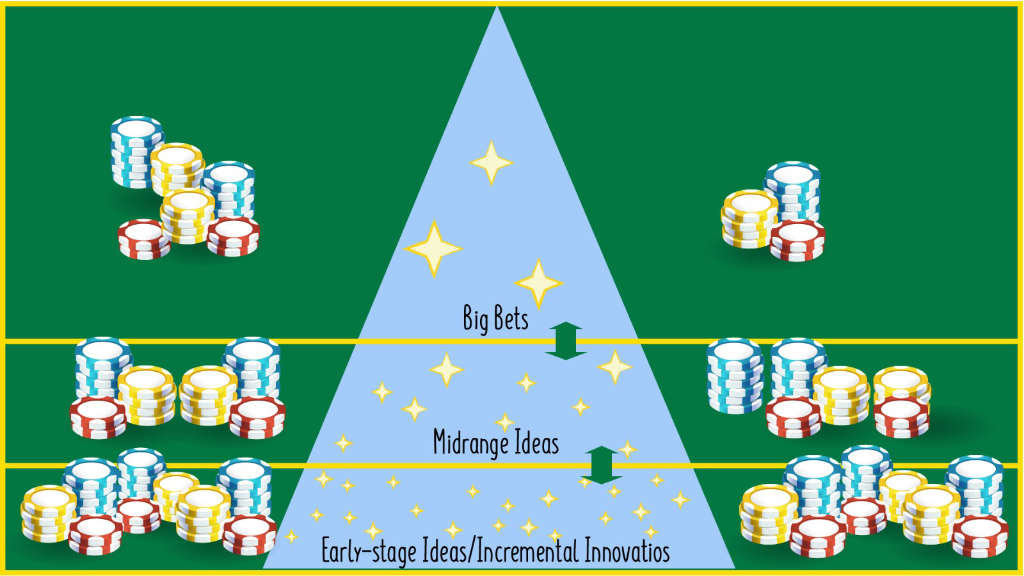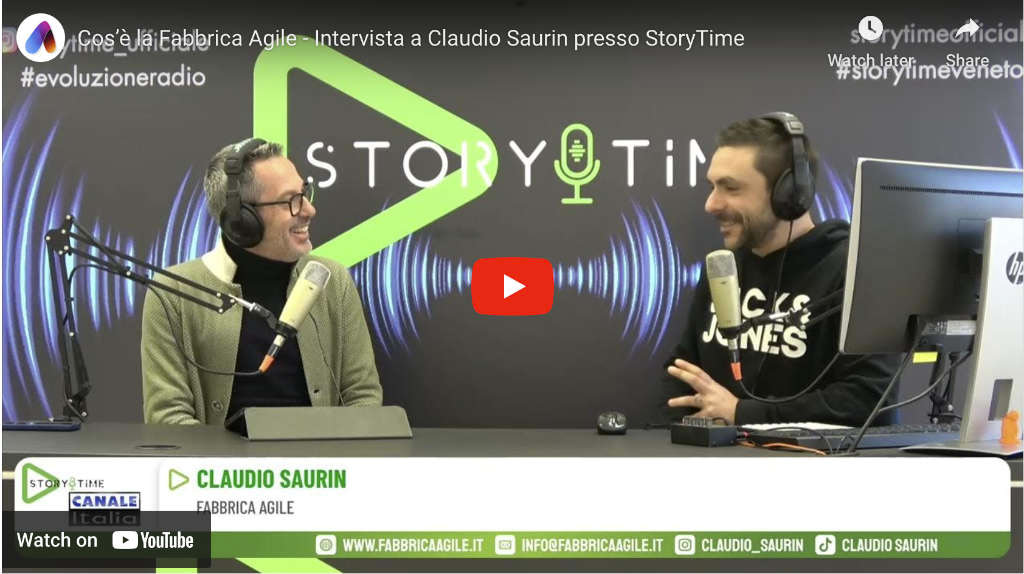In my previous articles, I have covered several topics related to physical product development and how to apply agile approaches.
Agility and the relative organization of teams are not enough to greatly accelerate the development of a physical product.
Significant compression of development time is only achieved by placing construction alongside design.
Prototype construction is an expensive operation, and the goal for each team is to postpone it as late as possible.
Pretypes are an inexpensive alternative to developing true prototypes, but they are still expensive and take time to build.
To delay the physical construction of prototypes and pretypes, digital simulations of the product or its parts are employed whenever possible to verify the validity of the developed solutions.
The tools and methods of Agile Digital Transformation are therefore key to fostering agile development of physical products, and even more so than traditional waterfall methods.
In this article I would like to focus on how to make the product sustainable during its development, operational life, and final disposal, without losing control of costs.
Today, sustainability is a basic requirement but at a cost that is also sustainable.
As a navigator advises us in the guide, there are software technologies today that help the designer take some of these aspects into account with a continuous eye on cost.
There are now software tools that during the design of mechanical parts with 3D CAD, assist the designer, in real time, to avoid expensive or difficult machining.
This is possible because the software recognizes the CAD geometries, identifies the machining needed to generate the geometries, and, drawing from a database of good machining practices, suggests whether or not the critical geometries should be modified.

The final decision is always in the hands of the designer but, this mode really allows knowledge that was previously the preserve of a few people to be available in real time.
With or without the design guidance tool, geometric information can be easily integrated with other information to greatly speed up the quotation process.
This is possible thanks to software tools that by recognizing geometries and additional information make it possible to make an estimate in a semi-automatic mode.
The designer alone gets a “rough” estimate that allows the development team to choose alternative solutions. Only in the case of extreme closeness between the estimates of the compared solutions should the estimates be refined.
Only when the design of the chosen solution is completed is an accurate estimate made.
This applies one of the principles of the Agile manifesto of maximizing work not done.
In other words, activities that have no value to the project are thus minimized.
Pursuing effectiveness leads to efficiency.
These tools take into account knowledge gathered over the years about materials, workmanship and good rules of mechanical construction.
If we add that a wide variety of technical and cost information can be linked to each material, it is like building a network of technological information integrated with each other.
With the help of these tools, all designers, and especially younger ones, are enabled to develop sustainable and cost-effective solutions.
Co-design work in cross-functional teams is always necessary but, in this way, the knowledge gained by a team can be shared as the data base is updated.
These are truly powerful tools, for which it is appropriate to remember that the first of the agile values always applies: “Individuals and interactions rather than processes and tools.”
Thanks to these tools and working in cross-functional teams, I have seen over the years, that people involved in new product development gain knowledge of materials and process technologies that I would never have imagined.
This means a synergy between Agile approach and digital technologies.
This is invaluable in today’s companies, which have been outsourcing machining for years, thus losing a lot of technological process knowledge.





